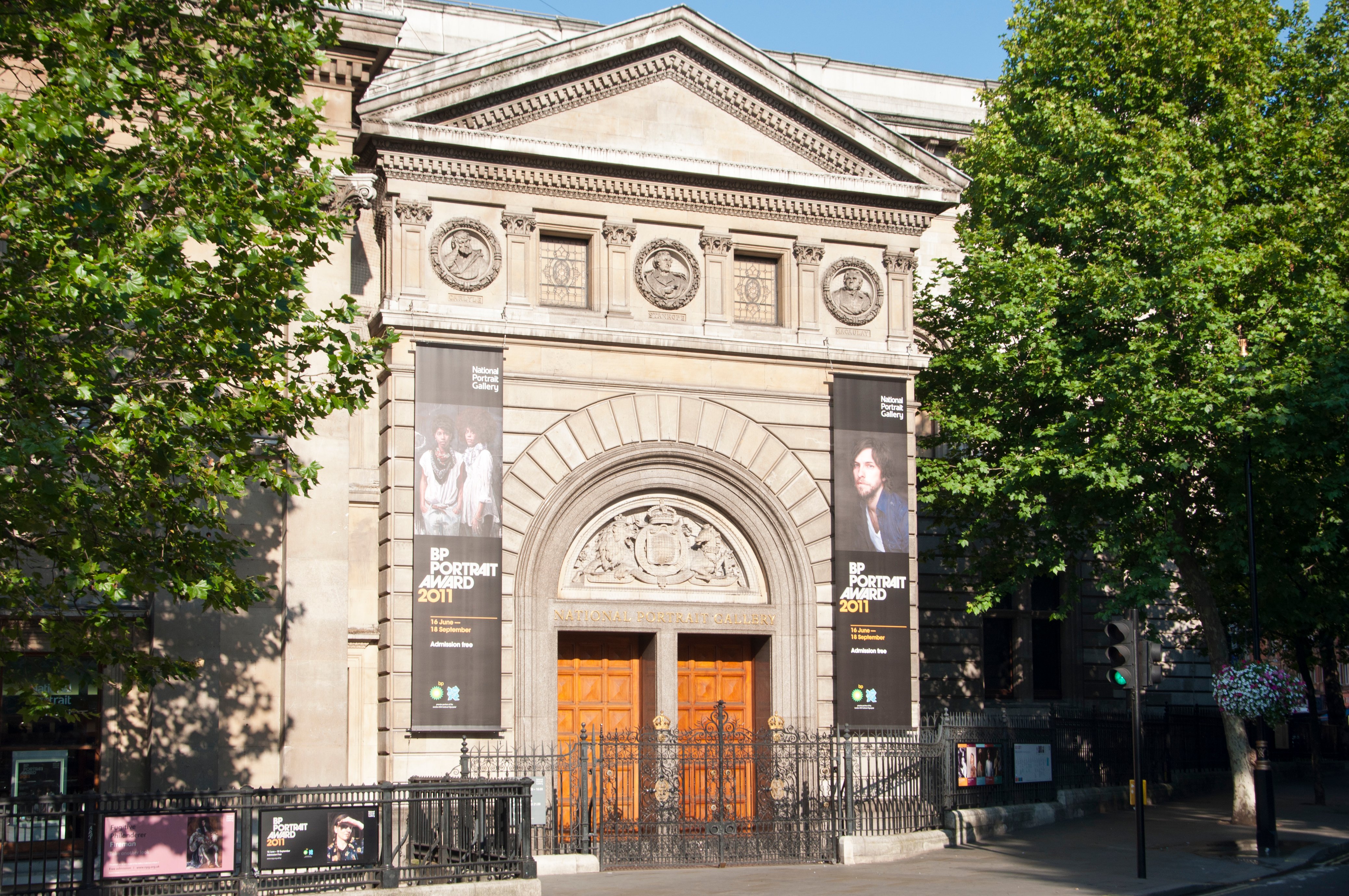
Art museums typically try to keep their doors open, even during major renovations. But London’s National Portrait Gallery has announced that it will close for nearly three years as it undergoes a £35.5 million ($45 million) revamp designed to expand its entrance and overhaul its galleries. The unprecedented decision will mean that the majority of its celebrated collection will go into storage for years. There will also be some job losses, which has raised alarm bells among onlookers in the museum world.
The national art museum is stressing the upside: While it is closed between June 2020 and spring 2023, the gallery will loan around 300 portraits of Britain’s greats to UK museums, as well as sending parts of the collection on a global tour to Japan, Australia, and the United States.
The renovation was expected to largely be completed while the museum remained open to visitors, but the institution said in a statement that the closure was necessary “in order to complete the project efficiently, and to safeguard visitors, members of staff, and the collection.”
The NPG confirms that the temporary shuttering will result in losses among front-of-house staff. The museum has also had to secure additional storage off-site, a spokeswoman confirms. She adds that “where possible staff will be offered part-time working and career-break opportunities.” The national art museum will continue to receive around £7 million ($9 million) from the UK government during the three-year closure, a spokeswoman for the Department for Digital, Culture, Media, and Sport confirms.
Under the directorship of former director Charles Saumarez Smith, the NPG completed the ambitious Ondaatje Wing in 2000 while remaining open to the public. That project increased public and gallery space by 50 percent, while the new project does not significantly expand much-needed exhibition space.
The NPG’s planned traveling international exhibitions, which offer an important source of revenue, include “Tudors to Windsors,” a show of portraits of British royalty that is heading to the Ueno Royal Museum in Tokyo in the fall of 2020. The show is sponsored by Fuji TV. Another exhibition called “Love Stories” heads to a venue in Australia next year before traveling to the US.
During its closure, the NPG will also send highlights from its collection to UK museums in York, Liverpool, Newcastle, and Bath. The gallery has already launched a scheme to lend portraits to smaller museums and venues in places closely associated with their sitters, such as Vanessa Bell’s portrait of her sister Virginia Woolf, which went on view in Charleston in the South East of England, where Bell had a country home.
In a statement, the gallery’s director Nicholas Cullinan focused on the benefit of the loan exhibitions rather than the impact of the museum’s lengthy closure. He called it “a unique and important chapter in our history as we embark on our journey to deliver a transformed National Portrait Gallery.” He added: “We look forward to hearing from other organizations who are interested in working with us during this time, so that we can make the most of this extraordinary opportunity to circulate a national collection as widely as possible.”
Some are already questioning the wisdom of such a long closure, however. Art historian and broadcaster Bendor Grosvenor tells Artnet News: “The NPG is treating its audience with contempt. To sneak out the news in this way is wrong.” He says that serious questions must now be asked about the project. Grosvenor welcomes the enhanced UK loans, but calls the expensive storage of so much of the collection an “outrage.” He is also concerned that “long-serving and knowledgeable” staff could lose their jobs.
“A museum development that necessitates alienating visitors, and spending significant sums to do so, is at risk of failing before it even begins,” Grosvenor says.